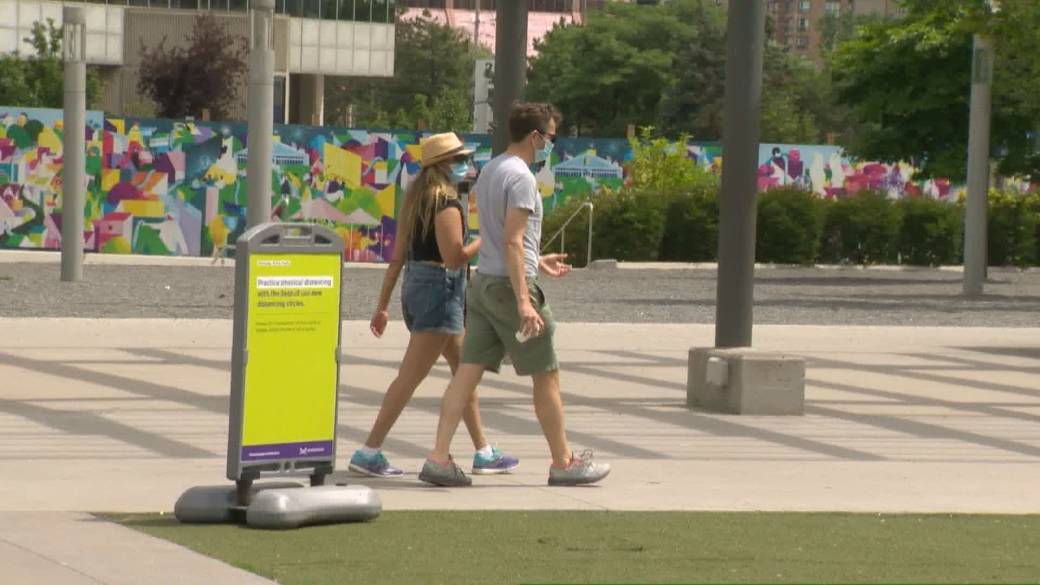
That means allowing aspects of normal life to return while keeping a watchful eye on cases numbers, hospital pressure, and the ever-present risk from new variants of the virus. Ministers must strike a delicate balance if they are not to squander the hard-earned gains of both lockdown and vaccination, and risk the political embarrassment of going back into lockdown in the months ahead. The vast majority of the reduction comes from lockdown, though the impact of the vaccination programme has started to be felt, particularly in preventing deaths among the elderly and most vulnerable. Reported Covid deaths have fallen as low as 10 a day.

Since infections topped 60,000 per day in January, new cases in England have fallen about 95% to levels not seen since mid-September. “Maintaining baseline measures to reduce transmission once restrictions are lifted is almost certain to save many lives and minimise the threat to hospital capacity,” they write. Step three of the lockdown-easing roadmap aims to restart indoor hospitality and foreign holidays as early as 17 May, with step four removing all restrictions no sooner than 21 June.Īccording to the modellers, some measures will still be needed thereafter, though.

The model assumes that two shots of the AstraZeneca vaccine reduces the risk of infection by only 31% and the risk of symptomatic infection by 85%. London School of Hygiene and Tropical Medicine forecast


 0 kommentar(er)
0 kommentar(er)
